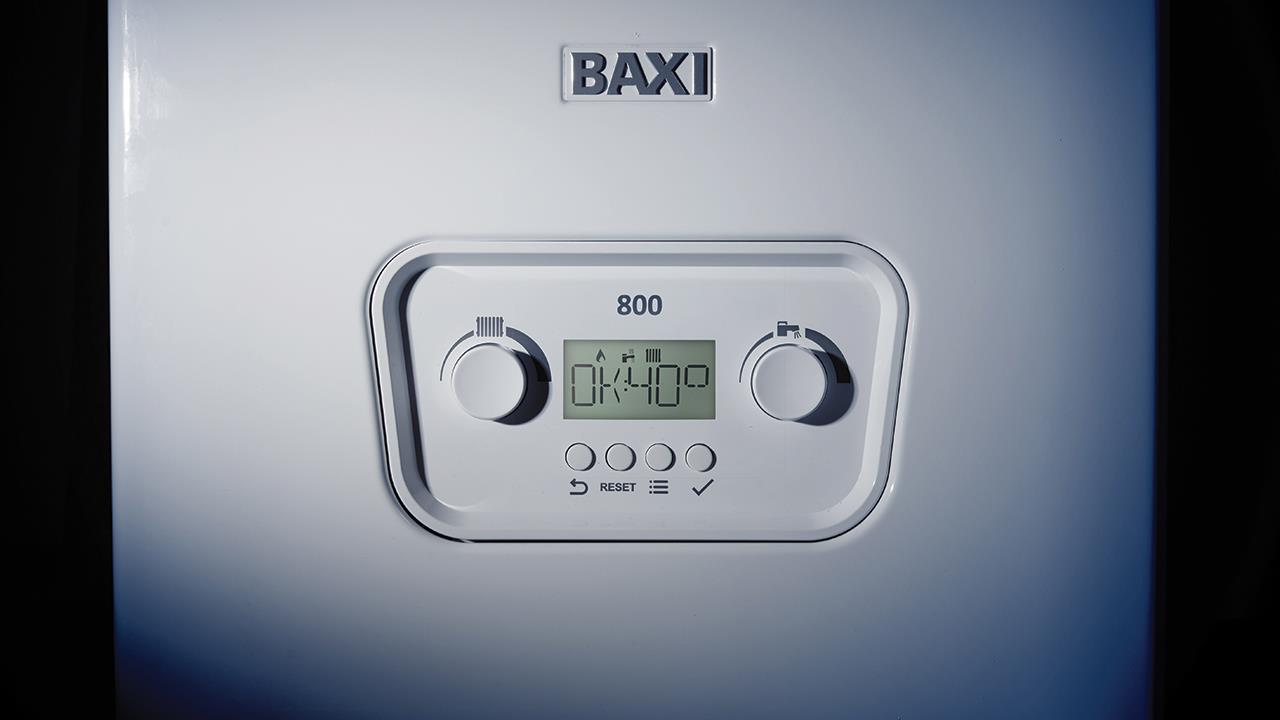

Efficient energy use has become an everyday household concern and, with home heating typically a large user of energy, it’s natural that many homeowners are becoming more receptive to the steps they can take to minimise their usage. Heating engineers therefore play an increasingly important role in providing their customers with a reliable heating and hot water system that delivers warmth and comfort while avoiding unnecessarily high energy bills.
Part of this includes acting as heating consultants to enable customers to make informed decisions on available improvements that will optimise system efficiency.
Most modern boilers work extremely efficiently as long as they are installed, commissioned, and used correctly, as well as being serviced regularly. However, that’s not to say there isn’t a plethora of other options available with the potential to boost performance even further. It is therefore important that installers broaden the conversation with their customers to include other methods they can use to enjoy the warmth their boiler creates in the most cost and energy-efficient way possible.
Efficiency in existing installations
Installers should look at the system and building fabric as a whole, including elements such as insulation and improving windows. When a home is well insulated, the boiler has less work to do to raise or maintain a comfortable temperature. If a home doesn’t have loft or cavity wall insulation, installers should recommend to their customers that they consider having it installed.
Not only this, but when the time comes to replace the boiler, they may find that a boiler with a lower kW output or a low temperature heating solution such as a heat pump – both of which will use even less energy – will be sufficient thanks to the improved heat retention of the insulation and new windows.
Another element installers should look out for are thermostatic radiator valves (TRVs). While all new radiators should now be installed with TRVs, many older systems do not have them. Adding them retrospectively is an option and outlining the benefits TRVs can have on system efficiency – and on energy bills – will help keep homeowners informed of their options regarding energy use and the practical opportunities to avoid waste.
Sizing matters
Identifying areas of wasted heat is an increasingly significant part of a heating installer’s expanding role. Because of this, it is important that installers become proficient in carrying out heat loss calculations.
Performing these calculations on a room-by-room basis will make it possible to select a boiler that is correctly sized to the building. This also provides a chance for installers to explain to their customers the reason for heat loss calculations and how a correctly sized system will benefit them.
Historically, there has been a misconception that oversizing a boiler is an effective approach to meeting the building’s heat demand more efficiently. The reality is the opposite as bigger boilers use more energy to get up to temperature. In contrast, an accurately-sized boiler can overcome the heat loss of a home without overshooting and wasting energy. This dynamic underlines the importance of carrying out detailed heat loss calculations as, armed with this information, installers can recommend the most efficient boiler model and size to meet the heating requirement at the property.
Controls and customisation
Installers also have an opportunity to pair the right boiler with the most suitable controls for the home and its occupants.
Smart thermostats have been on the market for a few years and they add a degree of customisability that many homeowners enjoy. They allow for occupants to easily see their boiler settings and make any adjustments they feel is necessary.
Baxi’s own uSense 2 smart room thermostat is a good example of how it is now possible to monitor energy consumption and control a heating system from a user’s phone. It also makes flexible scheduling easy as users can pre-set desired temperatures for different days. If a customer works from home two days per week, they’ll likely want the heating on for those days rather than on days they’re away from home. These types of controls give your customers the ability to set bespoke heating routines to suit their lifestyles.
Another way installers can boost boiler efficiency through controls is by recommending weather compensation – a concept many homeowners are likely to be less familiar with. The technology automatically adjusts the boiler’s output in line with anticipated demand.
Baxi’s own IFOS (in-flue outdoor sensor) uses a sensor inside the outdoor part of the flue to register changes to weather conditions as they happen. With an IFOS, a boiler will send more heat to the radiators on days that the outside temperate drops below -2°C than it will when it is 5°C above zero.
Installers can talk to customers about the impact that this will have on their bills as well as discuss any changes they should expect. For example, it is important for customers to be aware of how weather compensation works so they can rest assured that they will be warm on warmer days, even if their radiators might not be.
While boiler technology may have reached a point where high levels of energy efficiency are a given, the marginal gains achievable through taking a broad approach to heat loss management and the use of accessories can still make a big difference. By taking on the role of energy efficiency consultants, installers have a massive role to play in helping their customers every step of the way.
If you'd like to keep up-to-date with the latest developments in the heating and plumbing industry, why not subscribe to our weekly newsletters? Just click the button below and you can ensure all the latest industry news and new product information lands in your inbox every week.